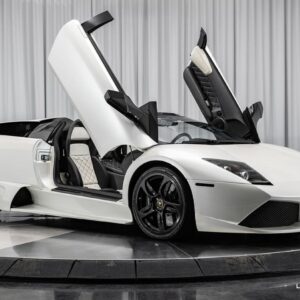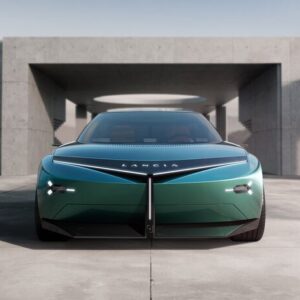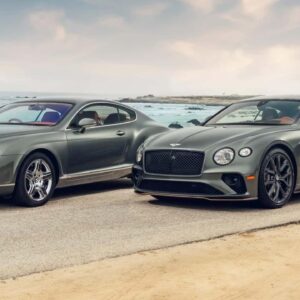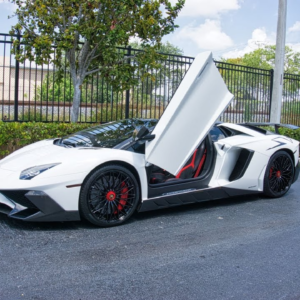George Bernard Shaw famously characterized fashion as “an induced epidemic,” and the launch of Aston Martin’s new DB12 at a showbiz party on the Côte d’Azur this week was a masterclass in conjuring a mass outbreak of desire for the new “super tourer” … all the while cultivating an already elite brand into an even more premium experience.
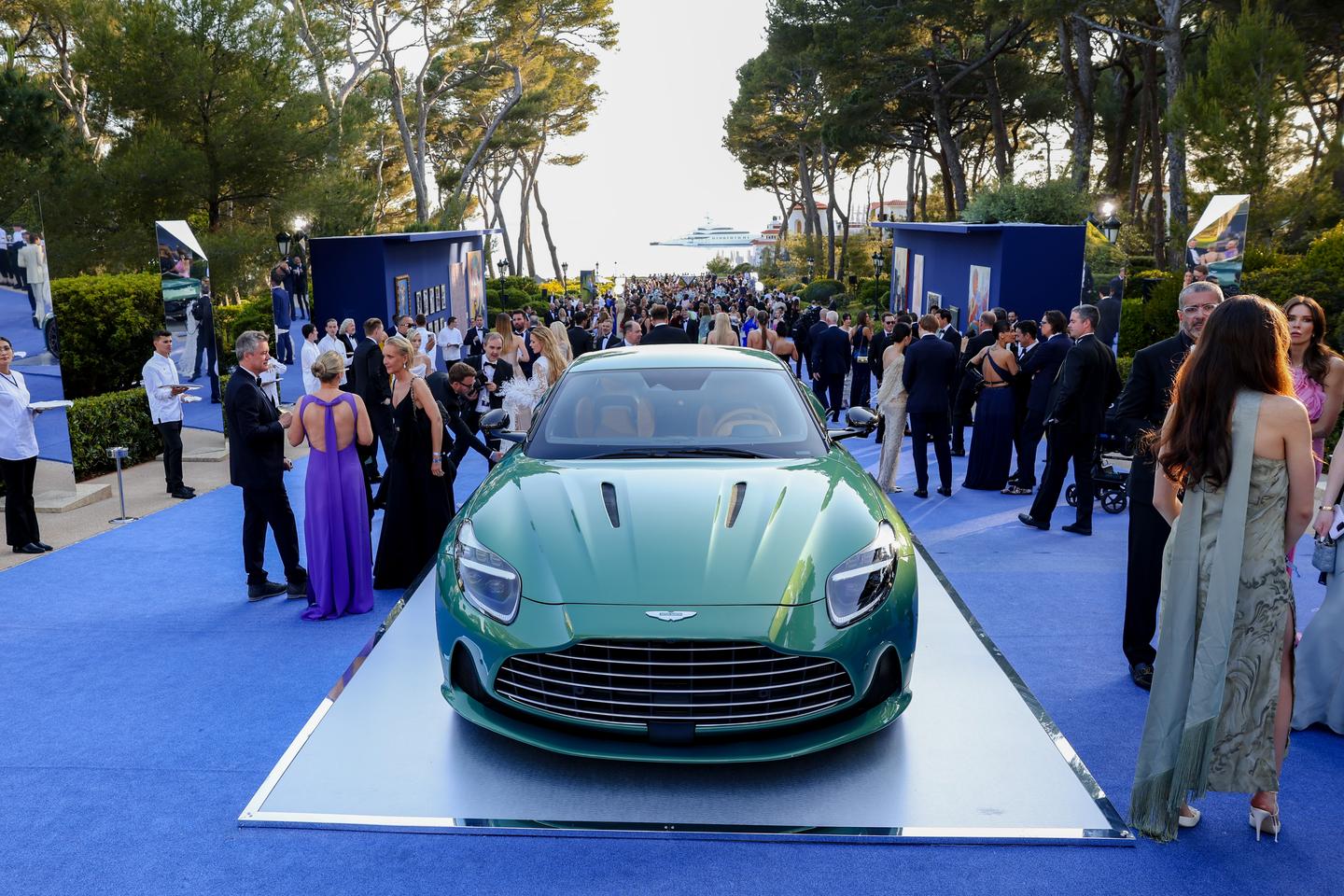
Aston Martin Media
In one of the less conventional car launches of recent times, the Aston Martin DB12 was unveiled at a black-tie event at the famous Hotel du Cap-Eden-Roc. The party was the social highlight of the Cannes International Film Festival and even though it was attended by celebrated figures from the world of entertainment, arts and fashion, the tone of the evening was more respectful global citizenry than “look at me.”
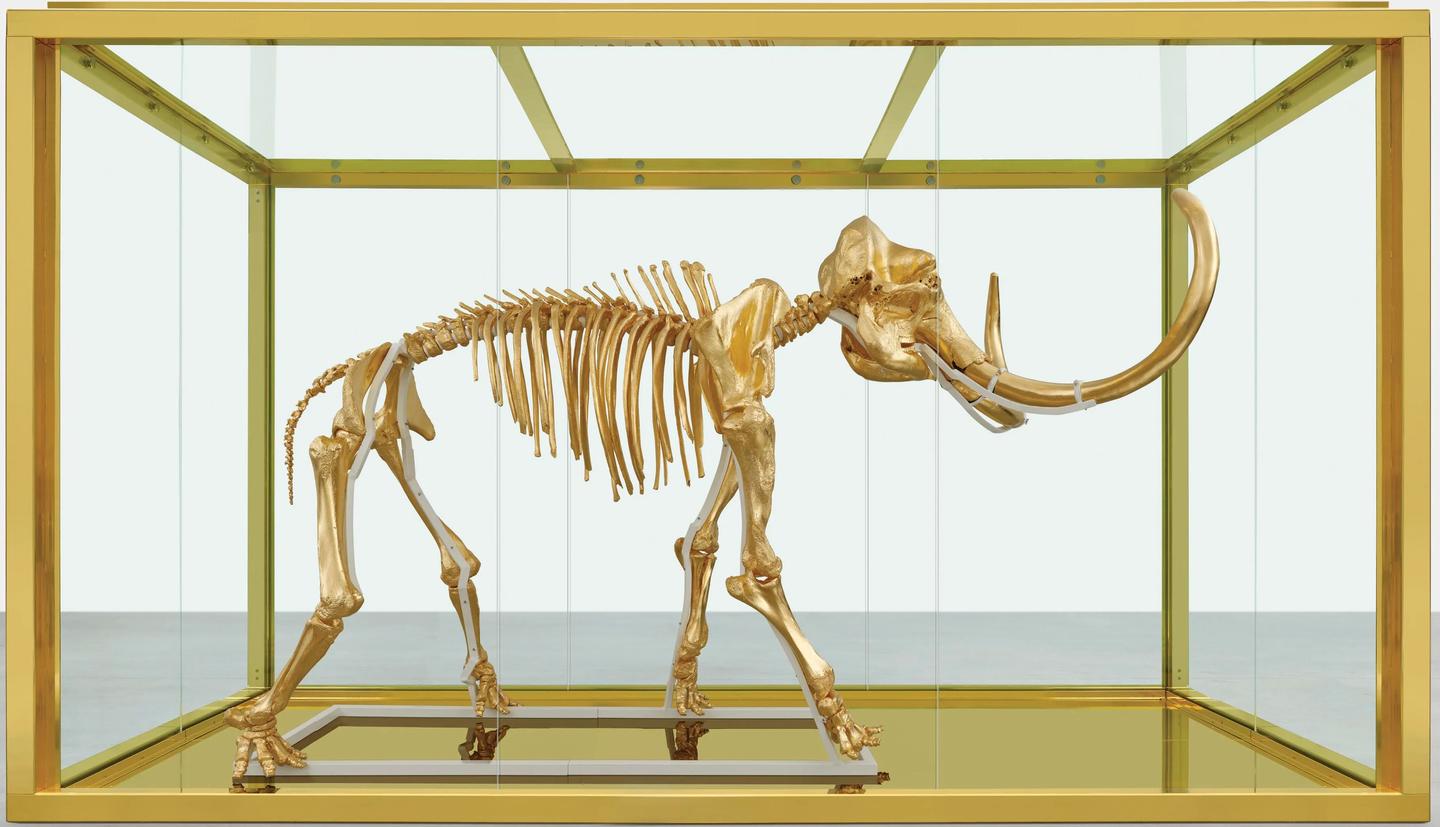
Damien Hirst / amfAR
The American Foundation for AIDS Research (amfAR) began in 1985, and the event on the French Riviera is a recent tradition of several decades standing, beginning when the creative forces behind the Cannes Film Festival wanted to generate funds for AIDS research. The event sometimes pushes its way from the paparazzi pages to the news pages, most notably when artist Damien Hirst donated a gilded woolly mammoth skeleton which sold for US$15 million (11 million euros) at this event in 2014.

Aston Martin Media
The evening was more an amfAR fund-raising event than the launch of a new rolling automotive sculpture, but such is the genius of marketers that several aims can be achieved for different purposes from the same event. New car charity auctions are also a recent phenomenon, where the first specimen of an important model is donated to a charity to auction at a high roller get-together – everyone wins from the encounter, with valuable funds generated for a good cause – and someone gets a trophy they would otherwise have to wait years for.
Ferrari, McLaren and Roll-Royce have all donated new cars to charity in recent years to see them sold for more than a million dollars, and the Aston Martin DB12 was hence the star of the evening in several ways, with the first specimen fetching $1.6 million … and helping to set a pandemic in motion. The big unveiling can be seen in the video below.
Unveiling Aston Martin DB12
Understanding the scope of Aston Martin’s rejuvenation fairy tale requires a quick history lesson.
The tradition-steeped automaker had a fine 34-year history prior to facing bankruptcy in the immediate aftermath of WW2. In 1947, businessman David Brown picked up the brand and its assets from the receivers for a mere £52,500 and began applying the marketing and fiscal magic he was already known for.
Brown brought success in every sphere, generating valuable publicity for the brand with a string of the world’s fastest road cars (the DB4, DB4 GT and DB4 GT Zagato took that mantle from the Mercedes-Benz 300 SL Gullwing) and racetrack wins in important events. Brown fortuitously hitched the brand to a shooting star when a bargain movie placement deal became a global phenomenon.
Secret Agent 007, James Bond, became a movie box office leviathan during the 1960s, and starring alongside Sean Connery was his technology-infused, gadget-festooned Aston Martin DB5.
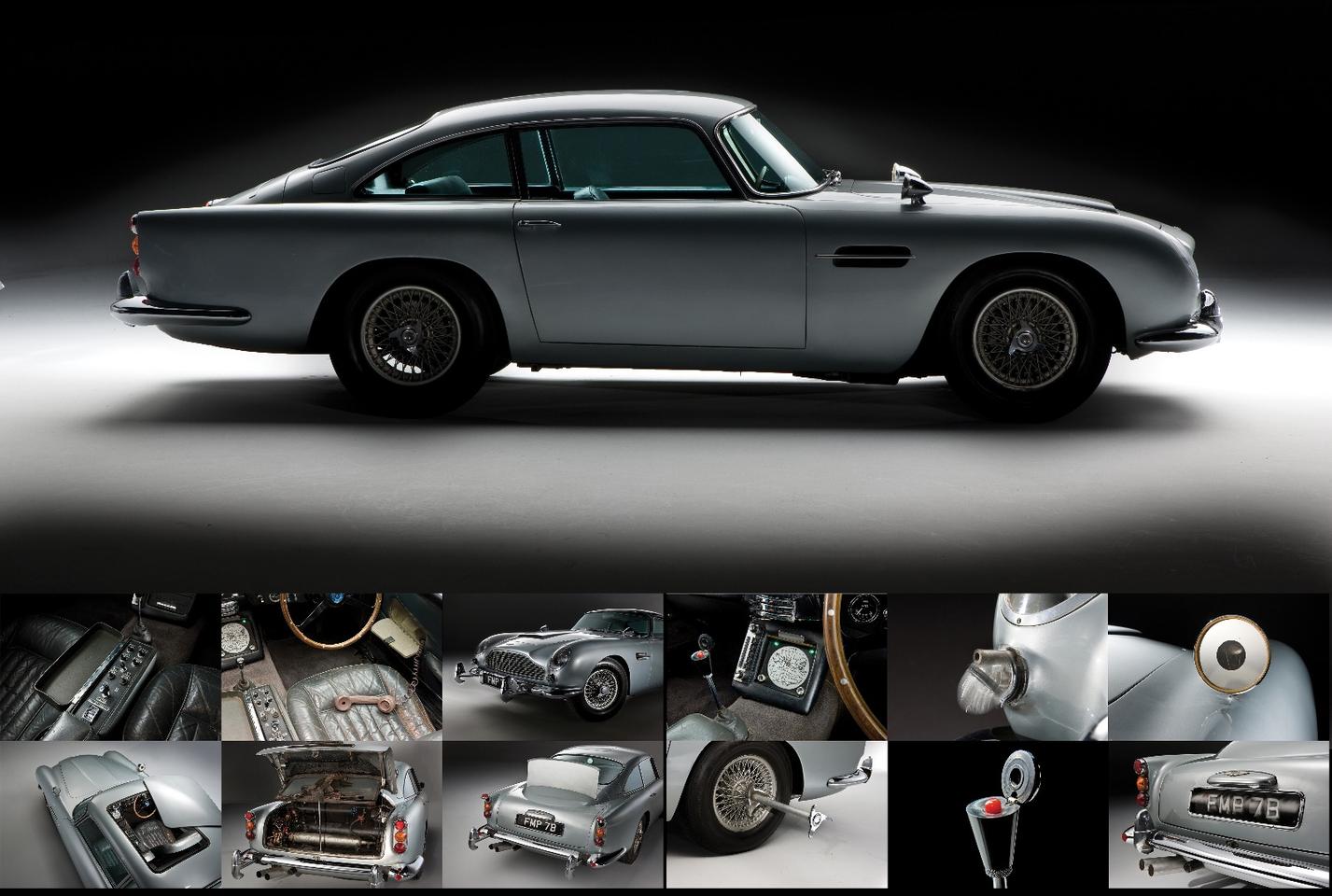
RM Sotheby’s
Many contend that the silver DB5 is still the most famous car in the world 60 years after Goldfinger (1964) and Thunderball (1965) packed cinemas, and despite a few tiffs along the way, the AM-Bond brand association is still paying dividends for both parties. Aston Martin’s bespoke personalization program is now called “Q by Aston Martin” after Bond’s famous technology-meister.
Brown elevated the Aston Martin brand into a premium household metaphor for quality with the same cred as Rolls-Royce. That said, despite many new suitors stepping up between Brown’s departure in 1972 and the floating of the company on the London Stock Exchange in 2018, the most telling business relationship was with the Mercedes-Benz Group, which enabled Aston Martin to become technologically and financially sound again. Mercedes-Benz still owns a share in the company, and supplies all the engines used in Aston Martin cars.
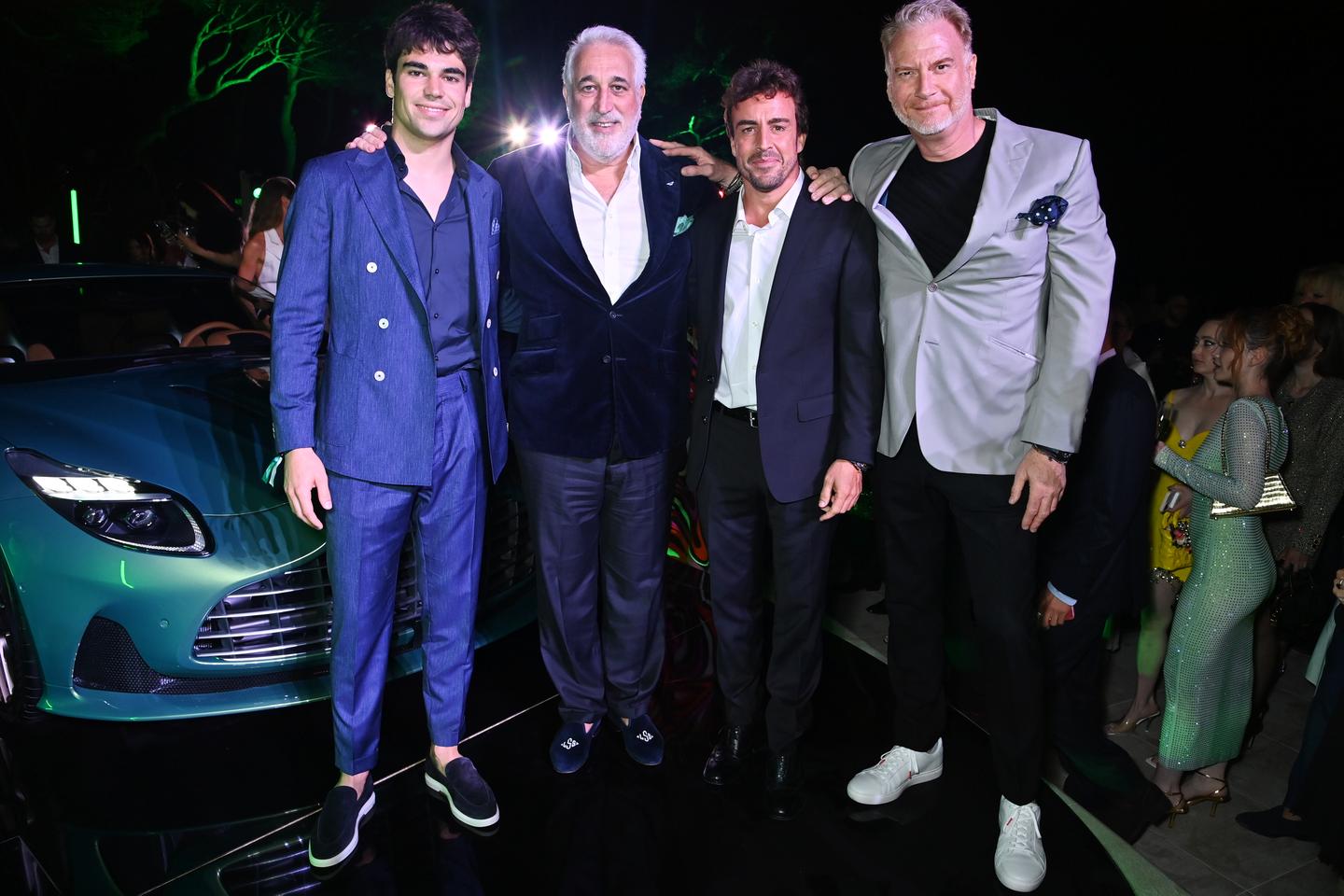
Aston Martin Media
Aston Martin’s second renaissance began with the arrival of investor Lawrence Stroll in January 2020. We’d previously written about Stroll in New Atlas when we surveyed the 33 owners of the world’s most valuable car, namely the Ferrari 250 GTO.
At that point (mid-2018), Lawrence Stroll’s son Lance was in his second season with Williams Martini F1, scoring a podium position (third place, at the 2017 Azerbaijan Grand Prix) in an uncompetitive car during his first year, and becoming the second-youngest driver to finish an F1 race on the podium and the youngest to do so during his rookie season.
Lance was also Italian F4 champion in 2014, Toyota Racing Series champion in 2015, and the 2016 FIA European Formula 3 champion. So although Lawrence’s money has ensured Lance has had the best machinery, there is nowhere to hide at this level – you can’t buy talent, and he unquestionably has it.
Stroll has since sold the Ferrari 250 GTO he owned for 25 years, but still has one of the finest car collections on the planet, with all the iconic cars you might expect: a Ferrari TR, GT 250 SWB, P3/4, Enzo, F50, 288 GTO and a McLaren F1. That’s at least $250 million worth of cars, and he just sold his $200 million yacht so he could build a bigger one … and this is all thanks to his lifelong ability to take brands and nurture them to financial maturity, first in his native Canada, then on a global stage.
Of particular relevance are the types of brands Stroll has taken to prominence, such as Tommy Hilfiger, Pierre Cardin, Polo Ralph Lauren, Michael Kors and Asprey & Garrard. In short, Lawrence Stroll has an incredible track record for inducing epidemics.
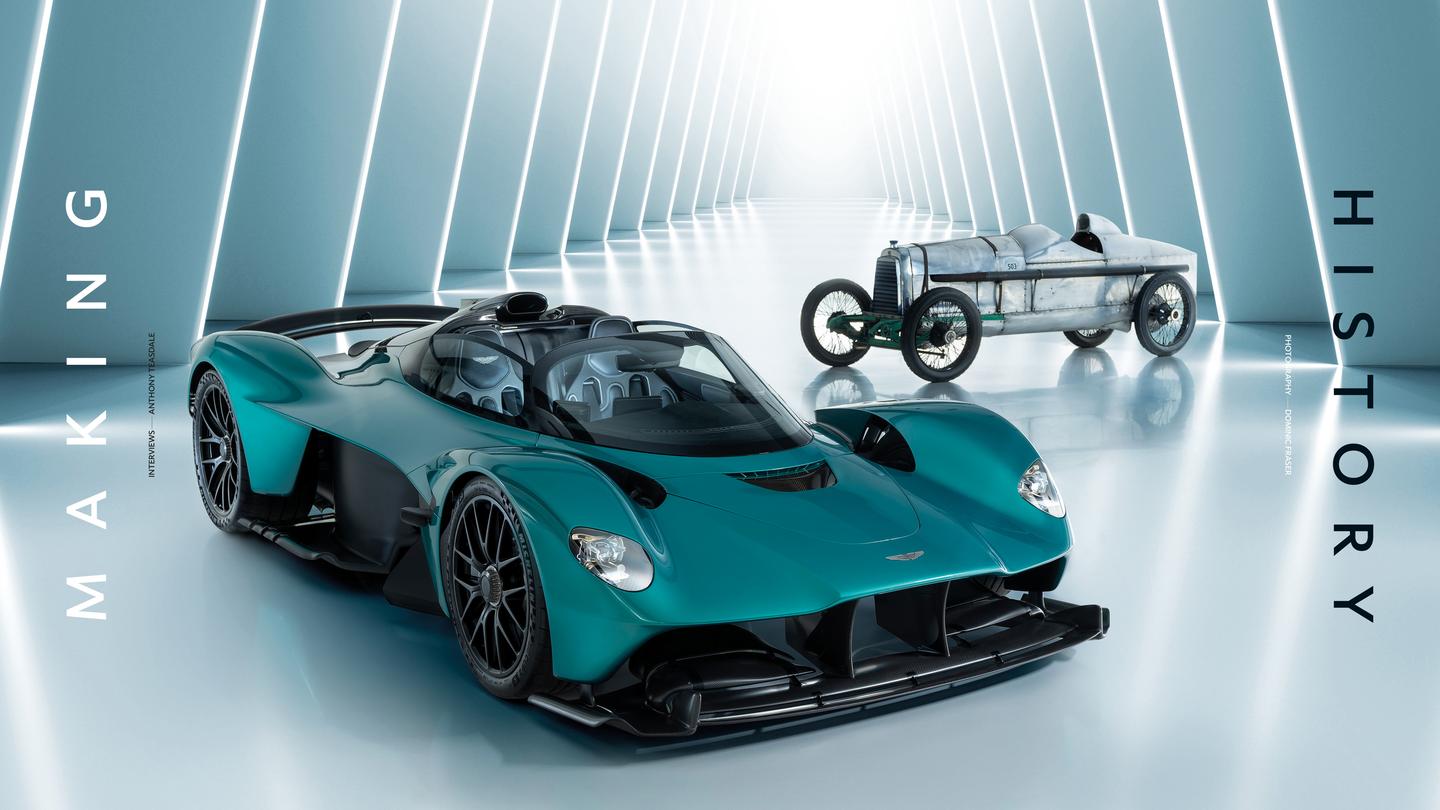
Aston Martin Media
Hence when Lawrence began meeting all the influencers necessary to fast-track his son into F1, a cunning plan formed. In August 2018 he led a consortium of investors that purchased the Force India Formula One team, renaming it as the Racing Point F1 Team for 2019.
In January 2020, Stroll led another consortium to take a controlling interest in Aston Martin, and became chairman of Aston Martin Lagonda. He renamed his Formula One Team to Aston Martin in 2021 and immediately hired four-time World Champion Sebastian Vettel to partner son Lance in the driving duties.
He also negotiated a new deal to share official Formula One “safety car” duties with incumbent Mercedes-Benz, ensuring that when the F1 pack bunches up, there’s an Aston Martin road car leading them round as often as not.
With Vettel retiring at the end of 2022, and the Formula One car beginning to show some speed, Stroll signed two-time world champion Fernando Alonso.
Alonso is devilishly handsome, charming to a fault, and had been regarded by those in the know as one of the fastest drivers on the grid for the entire decade since he won his back-to-back titles. There are only a couple of competitive cars in F1 and he’d made some bad choices – this time he appears to have backed a winner once more.
In pre-season testing earlier this year, Aston Martin’s F1 car made a quantum leap in competitiveness, and in the first three months of the season, things are going swimmingly.
After seven rounds of the 23-round 2023 Formula One season, the Aston Martin Aramco Cognizant Formula One Team has amassed more points than perennial frontrunners Ferrari and Mercedes-Benz. The team currently sits second in the teams championship, albeit a long way behind Red Bull.
In the driver’s championship, Alonso is now in a clear third place, and in the days after the spectacular Cannes launch of the DB12, he finished second in the Monaco Grand Prix, the most watched race on the F1 calendar.

Aston Martin Media
Apart from once again being at the forefront of the world’s foremost motorsport, Aston Martin has taken a class win at two of the last three 24 Hours of Le Mans races, the ultimate test of the sportiness of its wares. Even more interesting is the fact that Stroll somehow managed to talk Honda out of its F1 retirement, and has created an engine partnership for the future. He’s not happy with being a close second to Red Bull. One of the most telling quotes from Aston Martin in response to finishing second in the Monaco Grand Prix last weekend was, “They say second place is the first loser. We say it’s one step closer to victory.”
Most importantly, the cars coming from Aston Martin look to be progressing equally as fast as the team’s F1 competitiveness. There’s little point in us regurgitating the specifications of the DB12 here because they’re freely available and we haven’t driven it – the technological ingredients all look beyond reproach, the styling is sublime and just as Fernando Alonso assessed when Lawrence Stroll came courting, he has a definite air of success about everything he does.
Most importantly, he knows how to sell the sizzle, as well as the sausage.
Aston Martin DB12 | The World’s First Super Tourer


